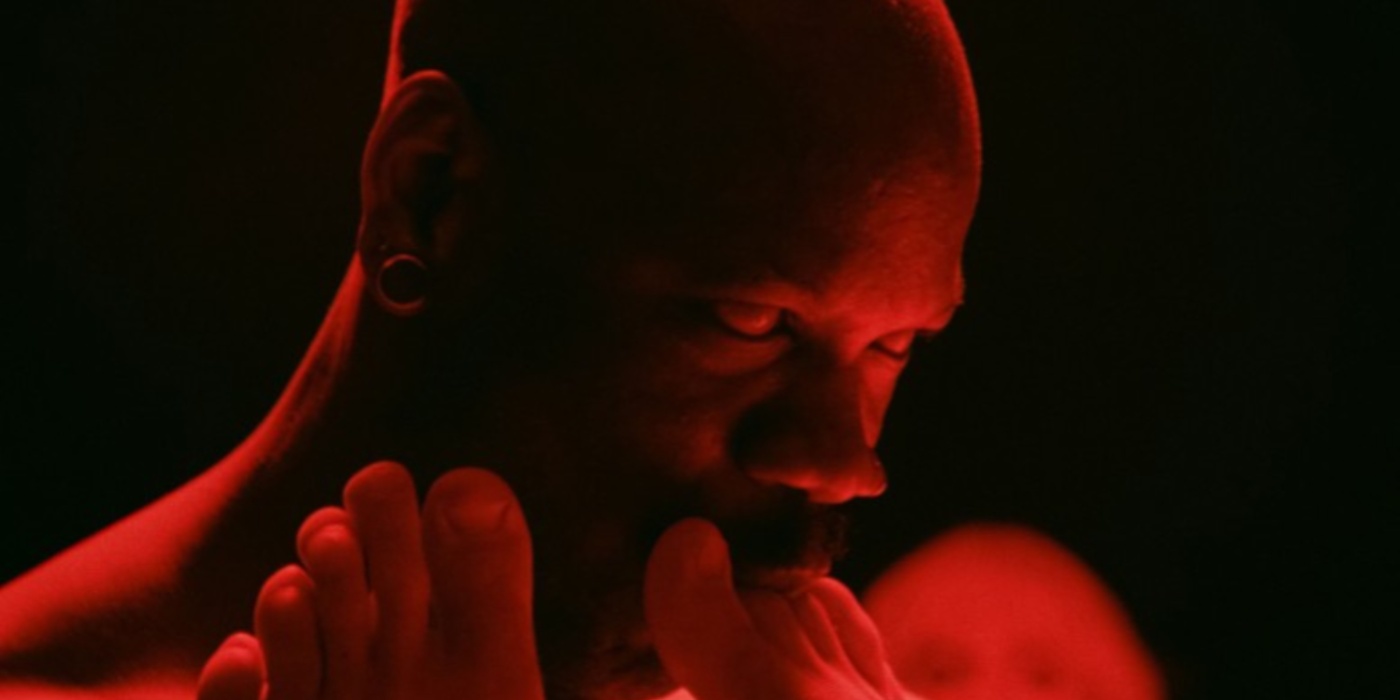“If I Had Legs I’d Kick You”, interview with director Mary Bronstein and actress Rose Byrne
"If I Had Legs I'd Kick You" interview at Rome Film Fest with Mary Bronstein and Rose Byrne: humor, tragedy, motherhood and much more
Listeners:
Top listeners:
 play_arrow
play_arrow
ENGLISH Channel 01 If English is your language, or a language you understand, THIS IS YOUR CHANNEL !
 play_arrow
play_arrow
ITALIAN Channel 02 Se l’italiano è la tua lingua, o una lingua che conosci, QUESTO È IL TUO CANALE!
 play_arrow
play_arrow
EXTRA Channel 03 FRED Film Radio channel used to broadcast press conferences, seminars, workshops, master classes, etc.
 play_arrow
play_arrow
GERMAN Channel 04 Wenn Ihre Sprache Deutsch ist, oder Sie diese Sprache verstehen, dann ist das IHR KANAL !
 play_arrow
play_arrow
POLISH Channel 05
 play_arrow
play_arrow
SPANISH Channel 06 Si tu idioma es el español, o es un idioma que conoces, ¡ESTE ES TU CANAL!
 play_arrow
play_arrow
FRENCH Channel 07 Si votre langue maternelle est le français, ou si vous le comprenez, VOICI VOTRE CHAINE !
 play_arrow
play_arrow
PORTUGUESE Channel 08
 play_arrow
play_arrow
ROMANIAN Channel 09 Dacă vorbiţi sau înţelegeţi limba română, ACESTA ESTE CANALUL DUMNEAVOASTRĂ!
 play_arrow
play_arrow
SLOVENIAN Channel 10
 play_arrow
play_arrow
ENTERTAINMENT Channel 11 FRED Film Radio Channel used to broadcast music and live shows from Film Festivals.
 play_arrow
play_arrow
BULGARIAN Channel 16 Ако българският е вашият роден език, или го разбирате, ТОВА Е ВАШИЯТ КАНАЛ !
 play_arrow
play_arrow
CROATIAN Channel 17 Ako je hrvatski tvoj jezik, ili ga jednostavno razumiješ, OVO JE TVOJ KANAL!
 play_arrow
play_arrow
LATVIAN Channel 18
 play_arrow
play_arrow
DANISH Channel 19
 play_arrow
play_arrow
HUNGARIAN Channel 20
 play_arrow
play_arrow
DUTCH Channel 21
 play_arrow
play_arrow
GREEK Channel 22
 play_arrow
play_arrow
CZECH Channel 23
 play_arrow
play_arrow
LITHUANIAN Channel 24
 play_arrow
play_arrow
SLOVAK Channel 25
 play_arrow
play_arrow
ICELANDIC Channel 26 Ef þú talar, eða skilur íslensku, er ÞETTA RÁSIN ÞÍN !
 play_arrow
play_arrow
INDUSTRY Channel 27 FRED Film Radio channel completely dedicated to industry professionals.
 play_arrow
play_arrow
EDUCATION Channel 28 FRED Film Radio channel completely dedicated to film literacy.
 play_arrow
play_arrow
SARDU Channel 29 Si su sardu est sa limba tua, custu est su canale chi ti deghet!
 play_arrow
play_arrow
“Conversation with” at the 20th Marrakech IFF, interview with actor Willem Dafoe Bénédicte Prot

 play_arrow
play_arrow
"The Visitor", interview with the director Bruce La Bruce Angelo Acerbi
Bruce la Bruce comes back to Berlinale with his latest film, “The Visitor“, included in the Panorama section. The film is an art piece, a provocative tale, a new rendition of Pasolini’s Teorema, a new exploration on sexual liberation.
The idea of “The Visitor” comes from the consideration on how modern and contemporary Pasolini still is. His view on power in sexual relationships lead bruce la bruce to this film, and he is wondering which sensual movies Pasolini could have done if he was still alive.
“The Visitor” was born as an art piece, that blossomed into a film, with influences on social issues. The stranger form Teorema becomes a migrant, a black mana, with all the political and social and sexual implications that this choice brings in a bourgeois family, that has lost sight of reality.
The Visitor is a British-set reimagining of Pier Paolo Pasolini’s 1968 film Teorema. Pasolini’s enigmatic protagonist, known to everyone as “the visitor”, arrives at the house of an upper-class family and seduces each family member one after the other. When he suddenly departs, he leaves behind an emptiness for which the rest attempt to compensate in different ways. In Bruce LaBruce’s The Visitor, it is a refugee who washes up in a small suitcase on the banks of the River Thames in London. He is one of several identical-looking men who simultaneously emerge from suitcases in other locations around the city. Dressed in the guise of a homeless man, he arrives at the house of an upper-class family and gets to know the maid. When she passes him off as her nephew, the family invites him to also work for them as a live-in servant. The guest makes love with each of the residents of the house one after the other, depicted in explicit sex scenes. Each member of the household experiences a radical sexual and spiritual transformation.
Written by: Angelo Acerbi
Guest
Bruce La BruceFilm
The VisitorFestival
BerlinaleNo related posts.
"If I Had Legs I'd Kick You" interview at Rome Film Fest with Mary Bronstein and Rose Byrne: humor, tragedy, motherhood and much more
Doclisboa International Film Festival
"Eighty Plus", by director Želimir Žilnik, is a poignant film exploring exile, social change, and family roots in Serbia, blending humor and irony to reflect a nation’s complex history.
Chloé Zhao discusses “Hamnet”, a powerful tale of love, grief, and artistic transformation, at the 20th Rome Film Fest.
Doclisboa International Film Festival
"Towards the Light," by director Vadim Kostrov is a poignant film exploring exile, memory, and hope through evocative imagery and personal storytelling.





© 2023 Emerald Clear Ltd - all rights reserved.